
If you have used 3d Studio or Max Photoshop for a long time, you’re probably aware of how infuriating it is to wait for a project to load or when the software stops due to your laptop being insufficiently powerful.
It’s a typical issue that every designer has encountered at some point throughout his career.
If you’ve had enough and are contemplating upgrading or purchasing your first laptop just for graphic design purposes, you’ll want to pay close attention to the hardware.
Compromising on hardware specifications may result in less-than-satisfactory performance.
Keeping in mind the requirements of a graphic designer, we’ve put up a quick-start buying guide that should assist you in making the best option.
Graphic Designer’s Laptop Buying Guide
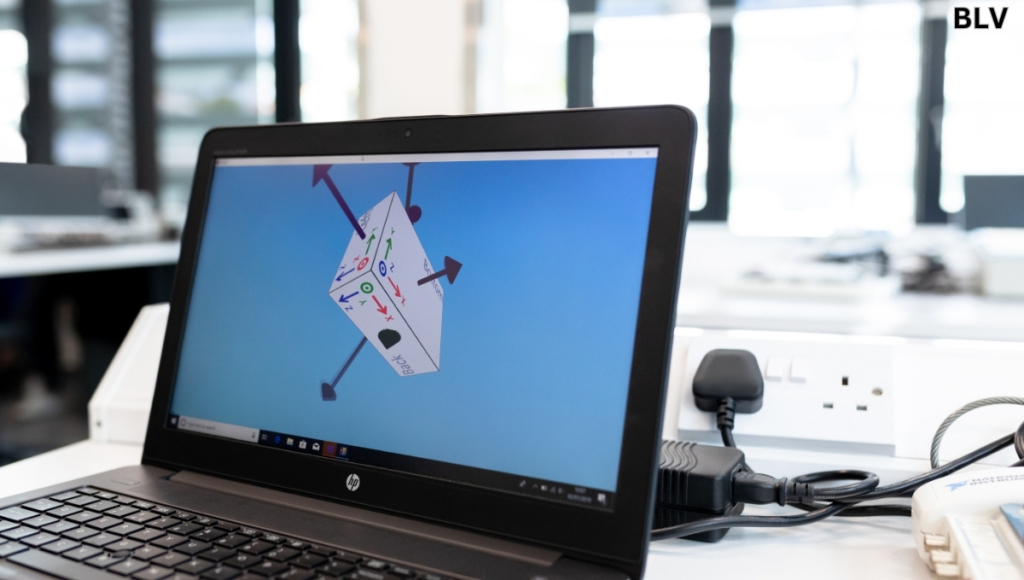
A powerful CPU and plenty of RAM enable quicker processing.
Using a slow laptop may be excruciating, much more so when you’re working with graphically intensive software. Consider 3D modeling or CAD. Ram CPU 01 You’ll need to render massive models and sceneries, which takes an eternity.
It is critical to have a fast CPU and sufficient RAM. Consider an Intel Core i5 CPU from one of the most recent versions for novices. In terms of rendering, having more cores on a CPU is beneficial.
Certain entry-level Core i5 machines may have only two cores, so keep an eye out for that. If you're choosing an AMD-powered laptop, consider the A8 or A10 series. While 8GB of RAM should be plenty, having the ability to expand is always a good thing.
RAM is quite inexpensive, and you may always upgrade it later if the need arises. You can pick between the Intel Core i7 and AMD’s FX series CPUs if you’re a professional. AMD also has an A12 CPU series, although it may be difficult to locate.
If feasible, go for laptops with 16GB of RAM. Again, RAM expansion is critical. If you’re contemplating a MacBook Pro, the more inexpensive alternative with a 15-inch display, choose a CPU from Intel’s Core i5 family. If price is not an issue, the 17-inch versions are equipped with Intel’s Core i7 quad-core CPUs.
Graphics card designed for use with complex sceneries and extensive texturing.
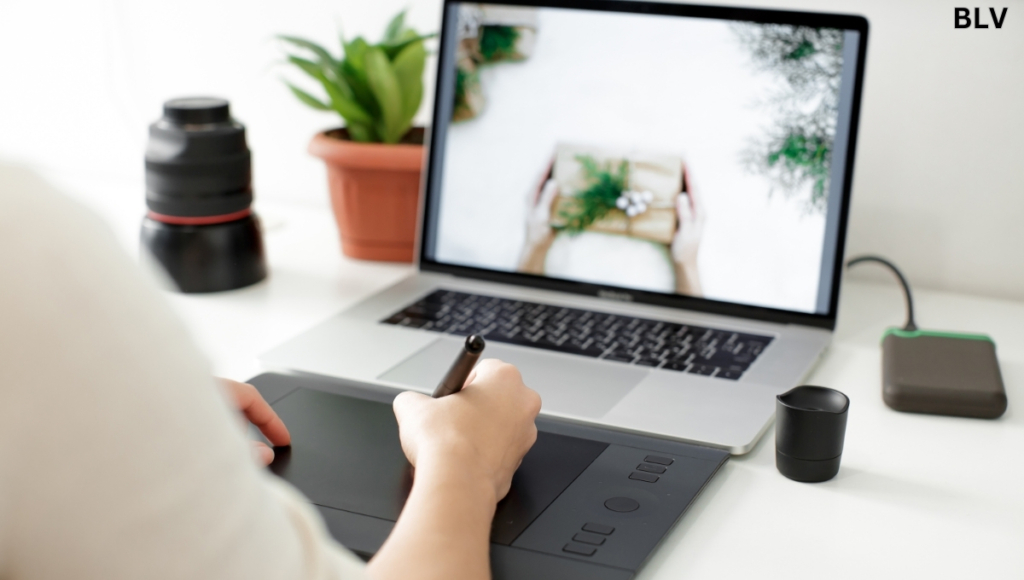
Graphics

While many of us believe that graphics cards are exclusively for gaming, they are very necessary for any laptop that will be used by a designer. Today, almost all popular programs make extensive use of it.
If you’re into 2D design and painting, you’ll find that the program runs more smoothly and is capable of handling more complicated tasks with the assistance of a graphics card.
It is suggested that you use a mid-range graphics card. Consider anything along the lines of the NVIDIA GeForce GTX1050 or AMD’s Radeon R7.
Additionally, it helps future-proof your laptop, ensuring that you don’t have to upgrade it every year or two. However, 3D modeling software requires a graphics card.
Typical projects include intricate wire meshes and huge textures that integrated graphics systems struggle to manage.
All of this is displayed well with a modern graphics card. This requires more powerful hardware.
Ideally, consider NVIDIA’s newest 10 series GeForce GPUs, such as the GTX 1060, GTX 1070, or GTX 1080. If you’re considering an AMD GPU, go for the R9 family of Radeon GPUs.
Display and screen size to facilitate work for Graphic Designers
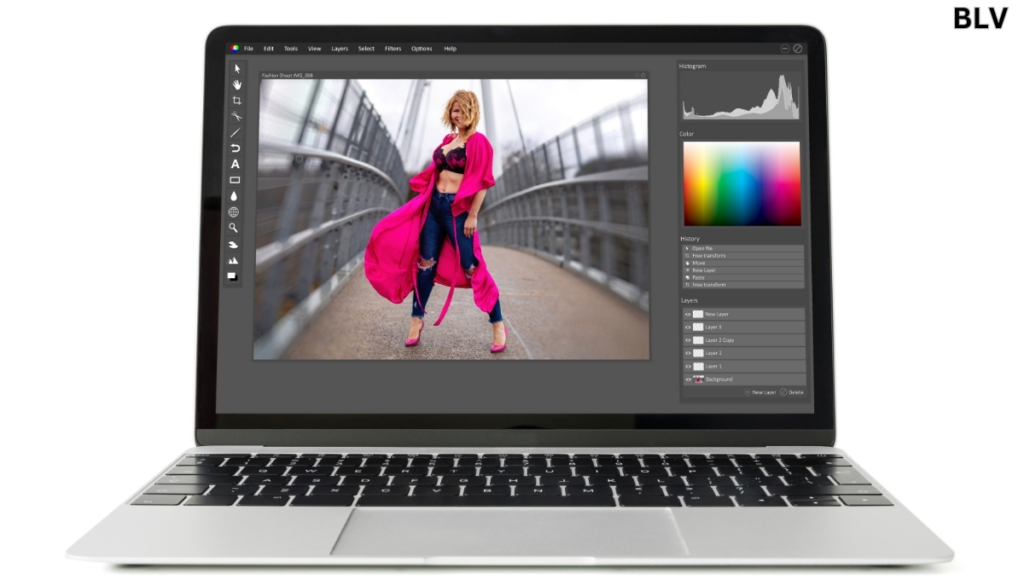
Screensize test
It’s challenging to utilize computer graphics software on a small screen, simply because these programs feature a plethora of menus, tools, and color palettes that encircle the little workspace. The bottleneck is the screen resolution, not the screen size.
For any laptop intended for designers, the basic rule is that the greater the resolution, the better.
The majority of laptop displays have a resolution of 1366×768, which is adequate for online browsing but not for any significant creative tool. Look for laptops with a 1600×900 or 1920×1080 resolution display.
Screen size should not be overlooked, and we recommend a resolution of 15 inches or greater.
Consider acquiring an extra display or connecting your laptop to a 4K TV or monitor if you want additional workspace and screen area.
This will come in handy if you work from home. This is a test line intended to enhance the paragraph’s length.
To be removed once the task is done. This is a test line intended to enhance the paragraph’s length. To be removed once the task is done.
Storage with a large capacity is ideal for storing large-scale projects for Graphic Designers
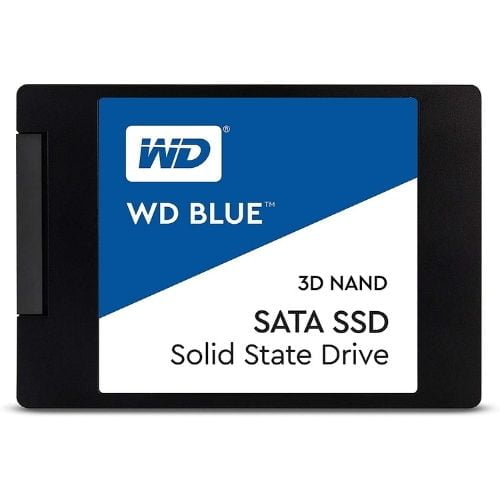
Storage test
Laptops are often equipped with two distinct types of storage: hard disk drives (HDD) and solid-state drives (SSD).
While hard drives are less expensive, they are slower than solid-state devices. SSDs are significantly more costly and come in a restricted number of capacities.
If you’re working on large-scale 3D and video editing projects, you should first consider the capacity. The majority of laptops include 500GB or 1TB hard disk drives.
Choosing a laptop with a 1TB hard drive should suffice for installing and storing all of the design applications.
The advantage of utilizing an SSD is its speed, which translates to instant rendering and loading of projects.
Read more: Reasons to choose with 11th Gen Intel Core CPU laptops

![9 Best Gaming Laptops Under $500 in July 2025 [Expert Recommended] 13 Best Gaming Laptops Under $500](https://bestlaptopsventure.com/wp-content/uploads/2024/02/best-gaming-laptops-under-500.jpg)
![9 Best Laptops For Online ESL Teaching in July 2025 [Expert Recommended] 14 Best Laptops for Online ESL Teaching](https://bestlaptopsventure.com/wp-content/uploads/2024/02/best-laptops-for-online-esl-teaching-1.jpg)

![9 Best 2 In 1 Laptops Under $700 in July 2025 [Expert Recommended] 16 Best 2 In 1 Laptops Under $700](https://bestlaptopsventure.com/wp-content/uploads/2024/03/best-2-in-1-laptops-under-700.jpg)

![9 Best Laptops For Silhouette Cameo 4 in July 2025 [Expert Recommended] 18 Best Laptops For Silhouette Cameo 4](https://bestlaptopsventure.com/wp-content/uploads/2024/02/best-laptops-for-silhouette-cameo.jpg)

![Why is My Mouse Not Working On My Toshiba Laptop? [Resolved] 20 Why is My Mouse Not Working On My Toshiba Laptop?](https://bestlaptopsventure.com/wp-content/uploads/2024/03/why-is-my-mouse-not-working-on-my-toshiba-laptop-1024x536-1.jpg)
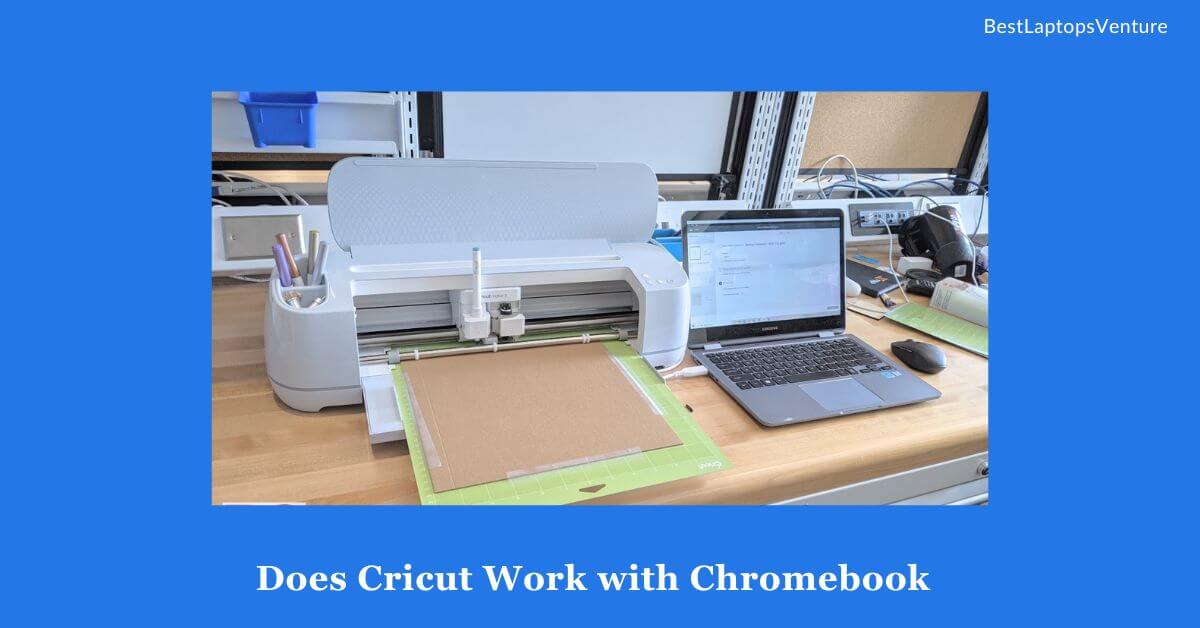
![How to Optimize Windows 10 For Gaming Laptop? [7 Essential Tips] 22 How to Optimize Windows 10 For Gaming?](https://bestlaptopsventure.com/wp-content/uploads/2024/03/how-to-optimize-windows-10-for-gaming.jpg)